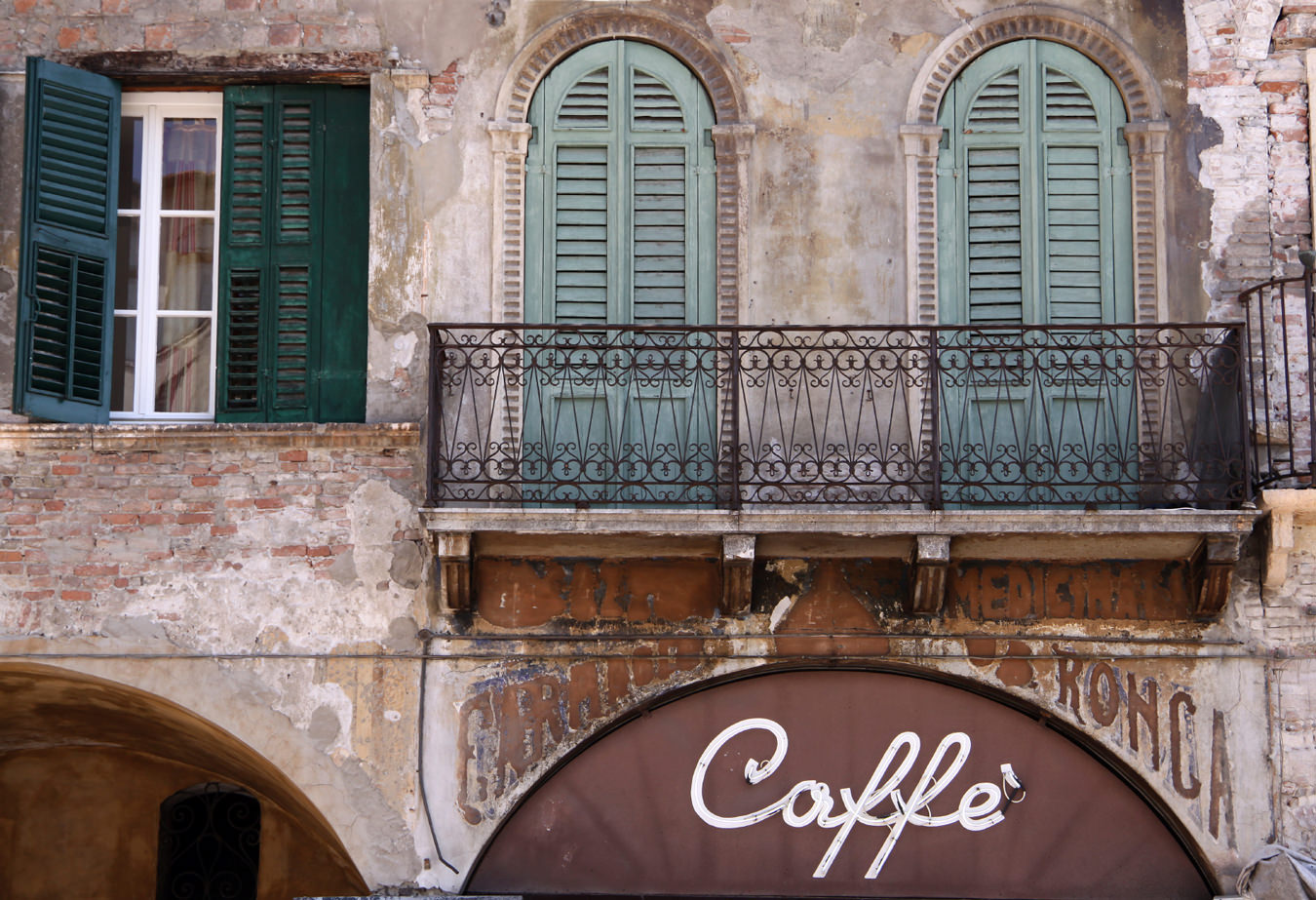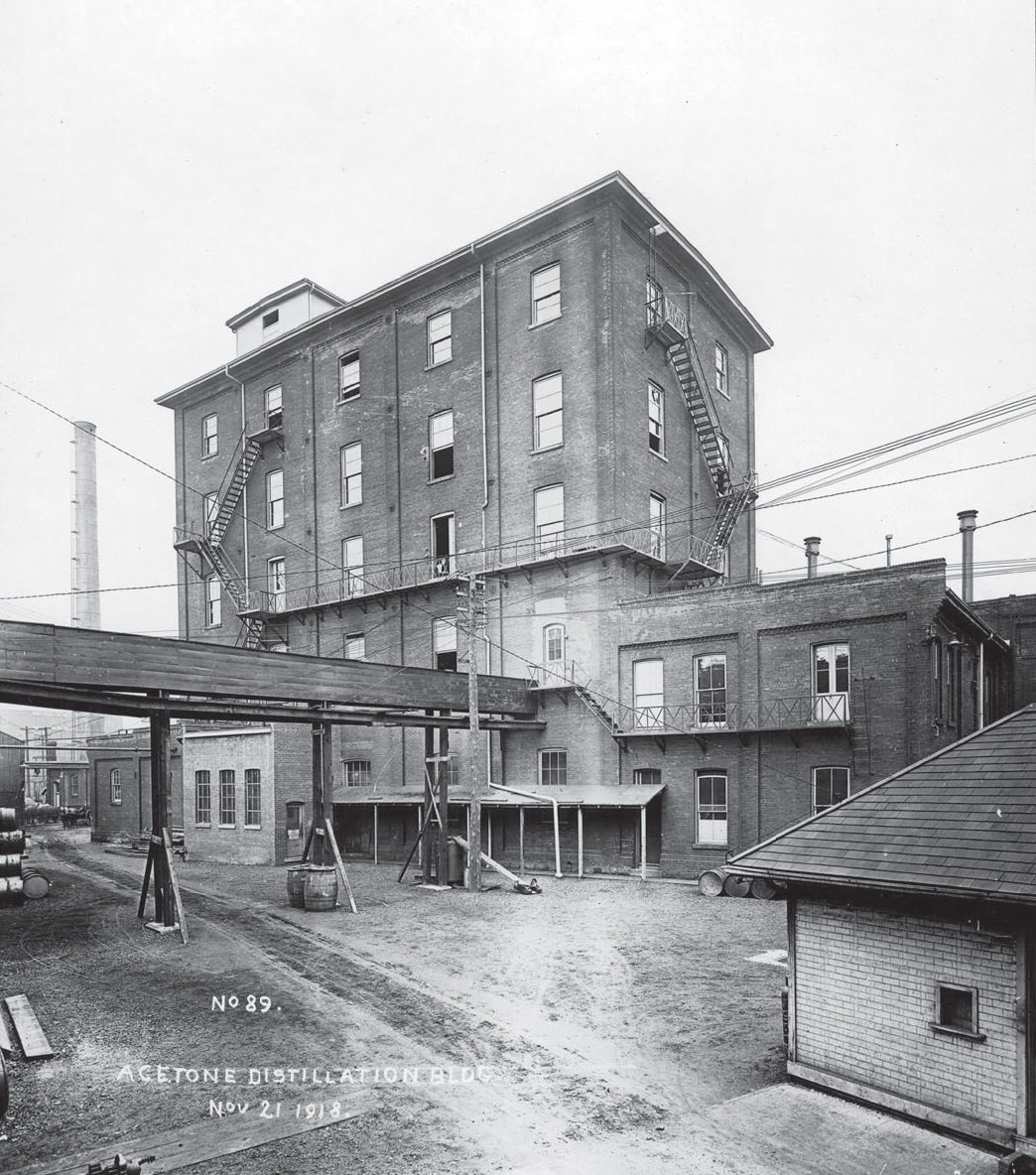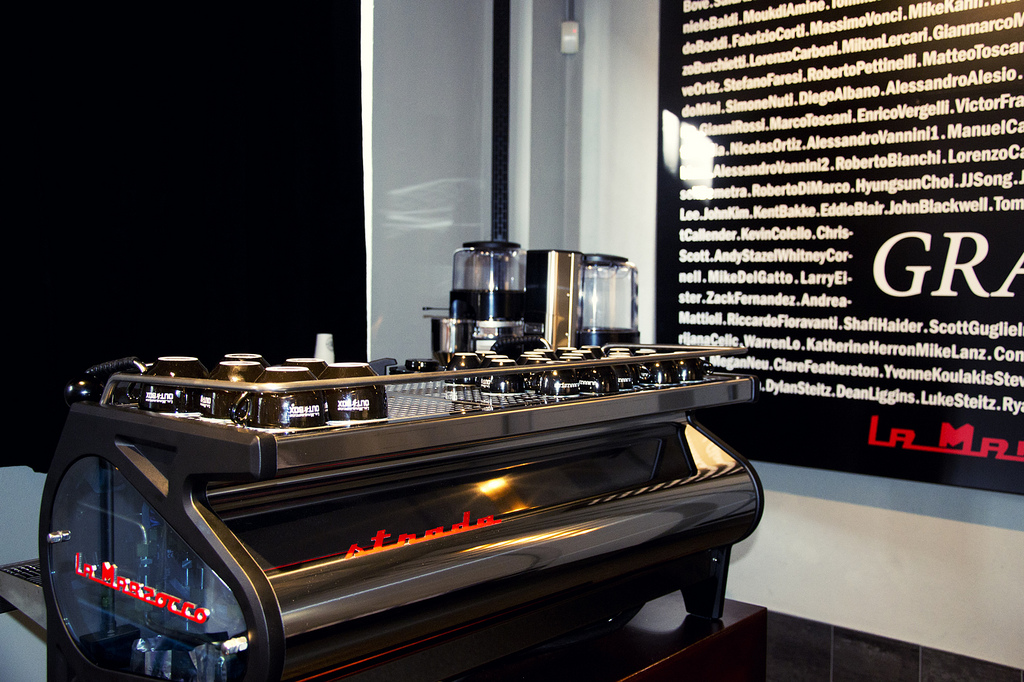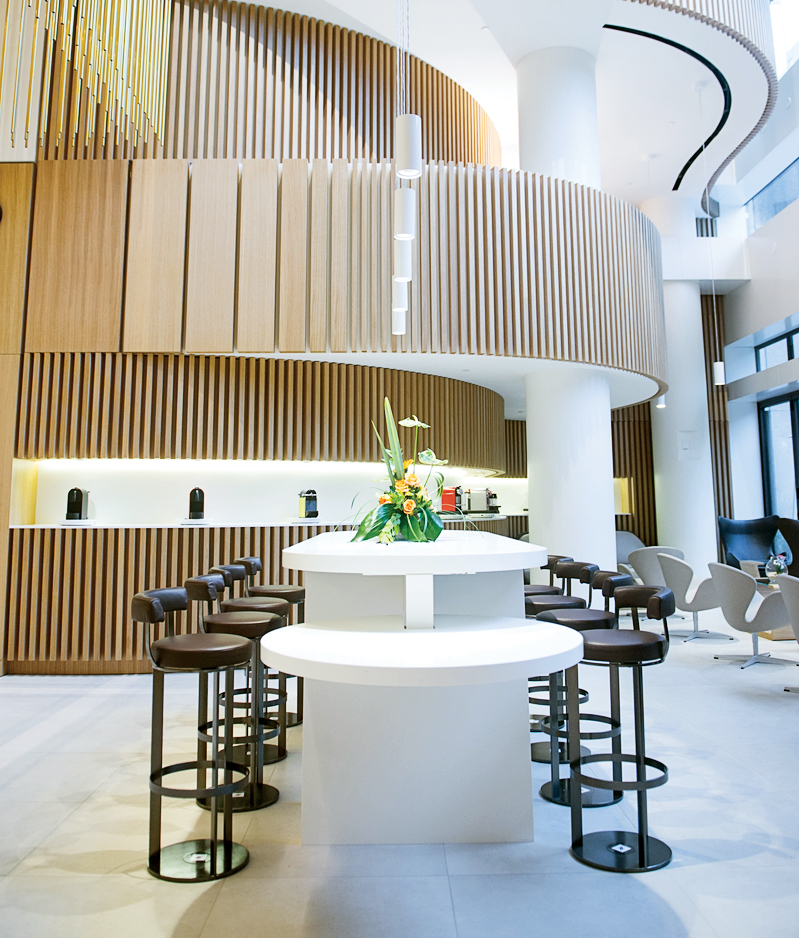Caffè Culture
The coffee boom.

There is bread. And then there is bread. There is espresso. And then there is espresso. Two food staples so basic and seemingly simple, but so hard to get right. I have been on a rant of late, as the more I travel on this continent the more difficult it has become to find a properly pulled espresso. Over the past few months the same thing keeps happening in restaurants and cafés: I order espresso and I am served a copy, something unpleasant.
The coffee boom continues and the rise of craft coffee has brought about a culture of snobbery. I am Italian and I like to think Italy represents the height of coffee culture, the standard against which all coffee should be measured. As far as I am concerned, the lattes, cappuccinos, and espressos served in branded coffee chains taste scorched and bitter. And third-wave artisanal coffee shops have pushed the coffee making to geekdom by too-cool baristas using scientific principles to “perfect” the process.
You’d never ask for a latte in Italy. If you did, you’d get served a glass of milk. Neither would you ask for an espresso; un caffè is all you need to say. Coffee and espresso are synonymous in Italy. What’s more, Italians don’t hang around in coffee shop armchairs sipping cappuccinos while browsing the Internet. Instead, we perch at the marble-topped counters of Italy’s ubiquitous bars and throw back un caffè. Here, everyone pokes fun at the hipster barista explaining the origin of some coffee beans. At places like Gran Caffè Gambrinus in Naples or Caffè Gilli in Florence (really, any bar in Italy) the employees are thoroughly disinterested in your know-how love of espresso. Rather, the tuxedo jacket–wearing attendant is thoroughly interested in pulling your shot to express un caffè that is dark and bittersweet, with a long, smoky aftertaste. A seductive crema is the essence of a hallmark espresso.
It would seem that as coffee shops have taken over the streets, supported by a never-ending supply of connoisseur addicts, we are drinking more than ever before. Let’s keep it simple and drink it the Italian way. This means short and sharp. In the morning, after lunch, and even after dinner, but certainly no cappuccinos or lattes after 11:00 a.m. or any milk-based coffees after a meal—it doesn’t agree with the digestion.
You don’t have to fear that the highest quality beans and equipment necessarily mean the most expensive. La Marzocco is the ideal, but at home I use a Moka, which is to the Italian kitchen what the kettle is to the British.
Photo ©cmfotoworks.




